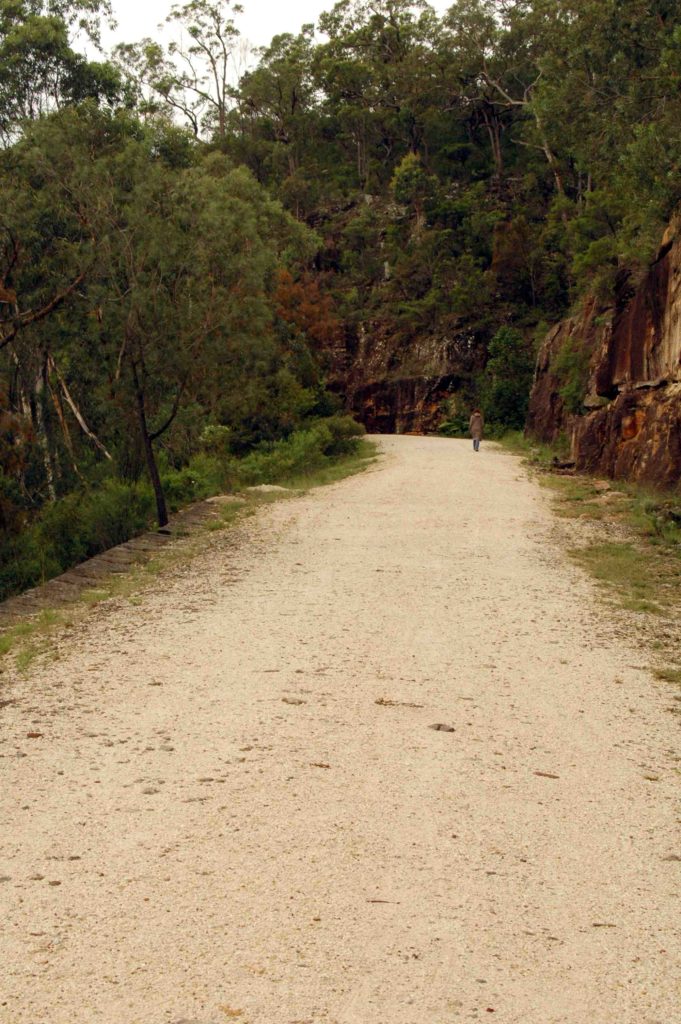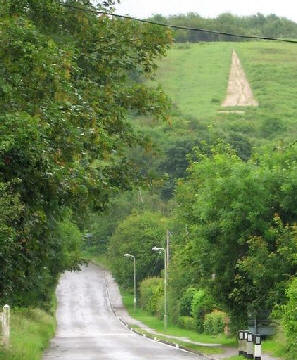Roads are the most important feature that makes the city unique, contributing to its atmosphere. It enables us to walk and have fun along the way, which makes the city more comfortable for us. Road infrastructure has evolved rapidly over the years, but it still plays a key role in how cities function.
The road was a major venture in the history of mankind. The roads were built by laborers who were willing to build what they knew was good. In the beginning, men worked with their bare hands and with pickaxes and shovels. They started digging into the ground and using their favorite tools to dig away at that which blocked their way.
It is one of the major means of transportation, both industrial and commercial, in our everyday life. It helps us obtain the necessary commodities across the country. A road is built so that those who live close to it can travel easily on it.
If you are interested in roads, this article provides the seven oldest roads in the world.
7. The Nakasendo Highway
Age: 400 years old
Location: Japan
Length: 534 km

It was one of the five significant roads that the Tokugawa shogunate ordered built during the Edo Period (1600–1868) to be utilized as an official route to Edo. There are 69 post towns along the Nakasendo that serve as rest stops for passengers to take a breather from all the walking. They would undoubtedly require it because it would take weeks to hike the entire distance from Kyoto.
Parts of the Nakansendo have been turned into contemporary routes, such as highways and railways, as a result of the development of automobiles and trains. Nevertheless, several portions of the Nakasendo are still largely intact. Between the post towns of Tsumago and Magome, in the Kiso Valley, is where the most well-known of those parts may be found.
Did You Know?
You come across a number of signs along the way that point you in the proper direction, as well as ones that warn you of bears. You could hear some bells ringing while traveling because many locations have bells you can ring to frighten any potential bears away.
6. The Silk Road
Age: 1,400 years old
Location: China
Length: 6437 km

The Silk Road was a network of trade routes that linked China, the Far East, the Middle East, and Europe. The Silk Road routes were established when the Han Dynasty of China formally began trading with the West in 130 BC.
Up until 1453 A.D., when the Ottoman Empire stopped conducting business with China, they were still in operation. During this time, the Han Dynasty, which ruled China starting in 206 B.C., may have officially established the Silk Road, which facilitated trade between the Far East and Europe. to 220 A.D.
Han Emperor Wu sent Zhang Qian as an imperial ambassador in 138 BC to make contact with Central Asian nations. The discoveries Zhang Qian made throughout his journeys gave the West crucial knowledge about the people and areas.
Did You Know?
Today, historians refer to these pathways as “silk routes,” which more accurately conveys the concept that there were several thoroughfares.
5.The Old Great North Roadt
Age: Approximately 2,000 years old
Location: Australia
Length: 658 km

The construction of an interior road linking Sydney and the Hunter Valley, a distance of 264 kilometers, was started in 1825 by the NSW government. Up to 720 prisoners were employed to construct stonework for the Great North Road, including buttresses, culverts, bridges, and 9-meter-high retaining walls. 1836 saw the completion of the road.
It was constructed by male convicts and consists of a five-kilometer segment named Finch’s Line (the initial path up the escarpment that was abandoned in 1829) and a stunning 1.8-kilometer section known as Devines Hill, which was started in 1830.
These were a component of the 250-kilometer Great North Road, which connected Sydney with the Hunter Valley. Due to its seclusion and the introduction of steamship transportation, the entire road had been abandoned by 183.
Did You Know?
The Australian Convict Sites World Heritage Site is made up of 11 locations, including the Old Great North Road. In 2010, the 11 locations were added to the World Heritage list.
4. Persian Royal Road
Age: More than 2,000 years old
Location: Egypt
Length: 2,699 km

The earliest long-distance roadway, the Persian Royal Road, ran 1,500 miles (2,414 km) from Susa, the former capital of Persia, across Anatolia (present-day Turkey), to the Aegean Sea. The Indus civilisation erected paved roadways in a handful of its cities, albeit they were not as extensive as long-distance routes.
The Royal Road’s main purpose was to make it easier for the emperor to communicate with his far-flung subjects. It is obvious that this had the result of making it feasible to reign over one of the geographically largest empires in the world at the time. The Royal Road contributed to the establishment of the Persian Empire.
Did You Know?
The Persian rulers had established and regularly used the Persian Royal Road. It was initially used for mail, trade, and military objectives; later, with the aid of a massive road network, the Roman Empire employed it for the same goals.
3. Giza Road
Age: Approximately 4,600 years old
Location: Egypt
Length: 18.000 km

The oldest paved road in the world was 6.5 feet wide. It covers a distance of seven and a half miles and connects Lake Moeris with the southwestern part of Cairo. According to the geologists, there are no additional paved roadways from ancient Egypt that are known, with the exception of a few construction ramps connected to the pyramids.
The demand for construction materials for pyramids and temples in the Old Kingdom of ancient Egypt resulted in the creation of numerous quarries in the low cliffs close to the Nile River. Massive basalt blocks were transported along the road from one of these quarries to Giza, where they were employed in building (especially for paving).
Did You Know?
The earliest known paved road in the world is at Giza.
2. Lake Moeris Quarry Road
Age: More than 4,600 years old
Location: Egypt
Length: 12 km

This road has been found in the Faiyum valley, some 45 miles southwest of Cairo. The scientists also mentioned that a section of this route had already been discovered by earlier geologists, but that this discovery was not paid much attention at the time and was not pursued.
Brown and his associates eventually found the location while doing geological mapping of the area. It covered almost eight miles and carried massive basalt blocks from quarries 43 miles south-west of Cairo to a wharf on the shores of Lake Moeris, which was then 66 feet above sea level.
These basalt blocks were used to build royal walkways and sarcophagi for funerary temples in areas close to Cairo. Water from the Nile River’s floods entered Lake Moeris through cracks in the hills that stood between the lake and the river.
Did You Know?
It moved basalt slabs from a quarry to a dock on the shores of the legendary Lake Moeris during the Old Kingdom era in Egypt. The oldest road in the world with a sizable portion of its original pavement still present is the Lake Moeris Quarry Road in Egypt’s Faiyum District.
1. The Ridgeway
Age: 5,000 years old
Location: England
Length: 137 km

The Ridgeway, a ridgeway or old trackway, is Britain’s first road and the oldest road in the world. The Anglo-Saxons first used the term “ridgeway” to describe old trails that follow the steep ridges of hills. Since they are unpaved, they merely rely on the solid ground to offer a safe surface for travel.
They offer a more direct route than the contemporary roads we use today, which are more often found in valleys on more level, flat ground.
Whereas the Ridgeway may be reduced to nothing more than a very long walk, there is much more to it. The Chilterns to the east and the North Wessex Downs to the west are two Areas of Outstanding Natural Beauty through which the Ridgeway travels.
In contrast to the Downs, where there are more settlements, the Chilterns have fewer. This section of the Ridgeway has a number of charming villages. Since it is the country’s oldest road, it is rife with historical significance.
Did You Know?
It is commonly referred to as “Britain’s oldest road”.











